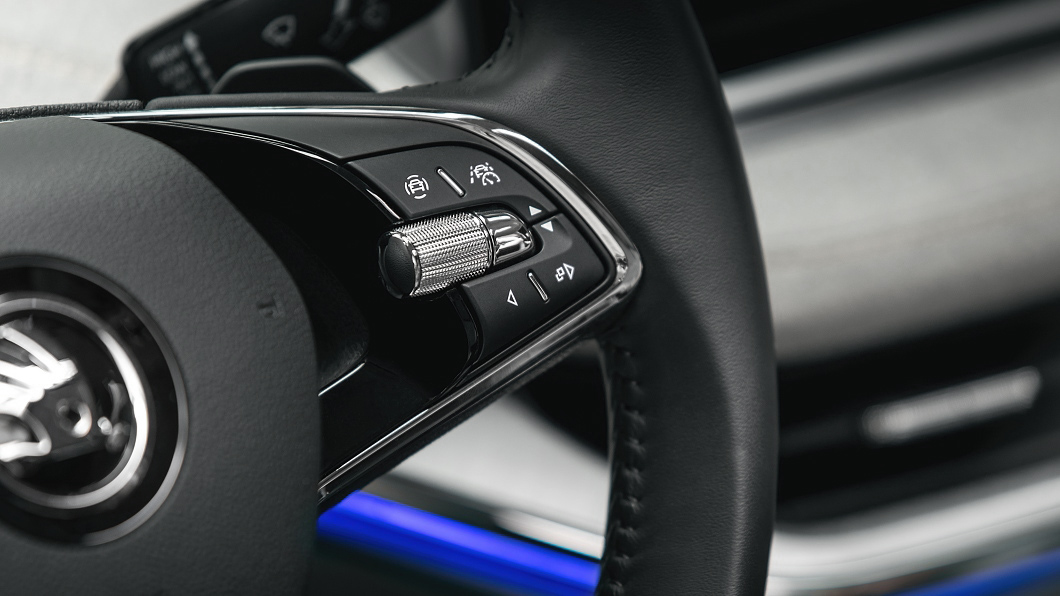When replacing your factory car radio, you may encounter a situation where the buttons on the steering wheel stop working. To prevent this, it is necessary to purchase a steering wheel adapter designed for your specific vehicle model. This will maintain the functionality of the buttons on the multifunction steering wheel even after replacing the original car radio with an aftermarket unit (e.g., Alpine, Kenwood, Pioneer, etc.). Thanks to this, you can continue to control the volume, switch songs, or take calls without taking your hands off the steering wheel. In this article, we will describe how adapters work and how to connect them correctly. Steering wheel adapters allow you to retain the functions of the steering wheel buttons when purchasing an aftermarket car radio.
Steering wheel adapters allow you to retain the functions of the steering wheel buttons when purchasing an aftermarket car radio.
Why does the steering wheel control not work without an adapter?
Original car radios often use proprietary buses (e.g., CAN-Bus) or analog signals integrated into the ISO connector wiring. These signals are specific to individual manufacturers, and standard aftermarket units cannot process them directly. Therefore, after replacing it with a universal car radio without a special adapter, the steering wheel controls will no longer work. The adapter acts as a converter — it translates the signals from the vehicle into a format that the new radio understands. This preserves the full functionality of the buttons without any modifications to the original wiring.
How to choose the right adapter?
Our range includes adapters from two brands – Connects2 and ACV. Both serve their purpose and each has its own advantages, but when choosing, we recommend going for ACV, which is slightly more expensive but also of higher quality. ACV adapters are made in Germany, which is reflected in their overall workmanship and functionality. In our experience, they offer a faster response to button presses, usually have three adjustable "trimmers" for detailed settings and pairing with a specific vehicle, and many of them come with additional accessories such as a microphone, antenna adapter, or power supply. You can also rely on compatibility and modern technology to support Apple CarPlay or Android Auto.
What to think about when buying:
- Identify the car brand, model, and year—ideally, the facelift version as well.
- Select the correct adapter type—analog, CAN-Bus, or K-Bus.
- Select the appropriate connection cable between the adapter and the type of aftermarket car radio (Kenwood, Pioneer, Alpine, etc.).
- Check compatibility with your OEM system – for example, there may be restrictions with Audi with BOSE.
Everything you need when purchasing a new radio – an adapter and a connecting connector for the radio in question.
How to install the adapter correctly
- First, carefully remove the factory car radio.
- Prepare an adapter suitable for your specific vehicle type, including a connection cable for your new car radio.
- Connect the adapter to the original wiring of the factory car radio.
- If the adapter allows it, set the DIP switches according to the type of radio connected (e.g., Alpine, Kenwood).
- Connect additional wires if you want to use, for example, speed pulse, reverse gear, or parking brake.
- Connect the antenna adapter to keep the original antenna.
- Test the USB, DAB, or parking camera functions using their connectors.
- Test the steering wheel controls—if they respond correctly, you can snap everything back into the dashboard. If not, double-check the connections and DIP switch configuration.
Conclusion
The steering wheel adapter is an important component when upgrading your audio system, allowing you to enjoy new features without compromising on ease of use. With the right choice and careful installation, the steering wheel controls will remain fully functional and your interior will remain unchanged.Installation is simple – the adapter easily plugs into the factory connector and into the new car radio on the other side.